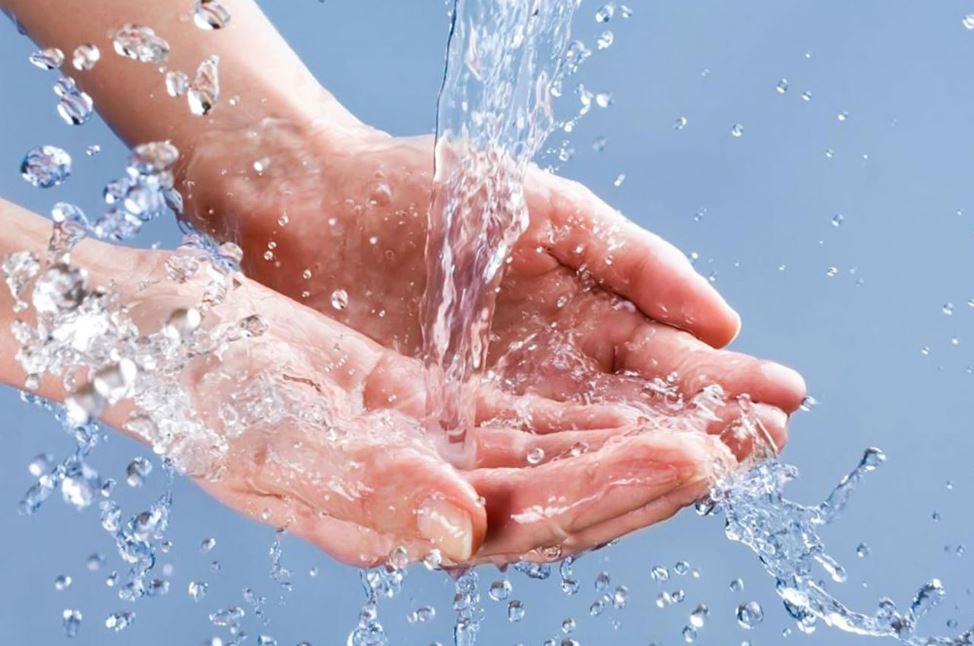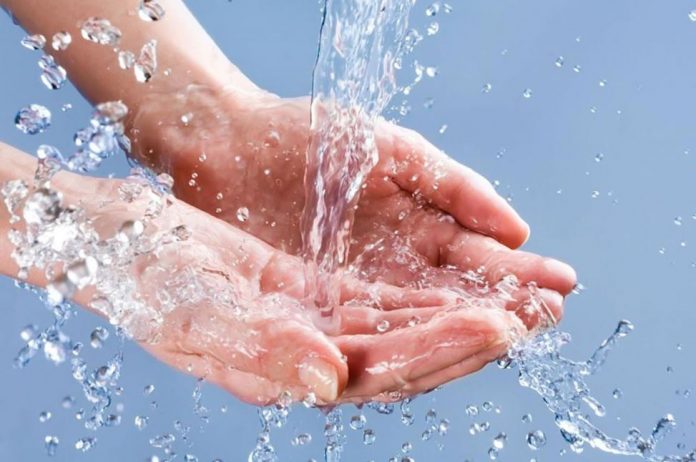
Water is Life! Fresh water is essential to our existence. It enables us to grow food, manufacture goods, rear live stocks, clean dirty laundry (in the literal sense, though!) and sustain our health. Water bodies’ nurtures aquatic and marine life, facilitates transportation, provides recreation and stores carbon. The water cycle flushes out pollutants from the environment and replenishes our water resources. In fact, about 70% of our body mass is comprised of water but we cannot last more than a week without water.
71% of the Earth’s surface is covered with water but only 3% of the Earth’s water is freshwater. Only 0.3% of this 3% is surface water in liquid form that fills our rivers, swamps and lakes. The other 99% of the 3% of fresh water is found underground or frozen in icecaps and glaciers. You get the point – there is very little fresh water on the Earth’s surface to keep us alive!
UNESCO has predicted that by 2020 water shortage will be a serious worldwide problem. Our National Water Resources Plan also said something similar for some states in the country. Global water consumption has risen almost tenfold since 1900s, and many parts of the world are now reaching the limits of their supply.
Malaysia receives an average of 3,000mm rainfall annually. That contributed to an estimated 900 billion cubic metre of water a year as water resource. However, the Water Sustainability Index (WSI) showed a decrease from 64% in 1992 to 33% in 2002 (I don’t want to know what the WSI now. I might get too depressed to finish this article). This indicated that our water resources have been depleting rapidly and is not sustainably managed over those years.
Prophets of doom are predicting that the Third World War will be attributed to disputes over access to clean water (and I tend to believe them!). We are lucky. We only share one river, Sungai Golok, with our neighbouring country.
Several states in Malaysia are facing water supply deficits by 2020 if measures are not taken to curb excessive consumption, high wastage and high non-revenue water (NRW) level. A few states no longer have any viable raw water sources that can be abstracted for water supply and will be highly dependent on cross-border raw water transfers to meet future increase in demand.
On average, Malaysians consumed 225 litres of water daily, according to official figures. We may in fact use more than 300 litres per person per day, argued some NGOs. This is higher than what our neighbours use – Singapore (150 litres), the Philippines (175 litres), and Indonesia (130 litres).
It is good that the Thais used about the same amount as us. We won’t likely fight over who take more water from Sg Golok. The UN/WHO threshold for minimum needs is 50 litres/person/day.
We also suffer from very high water loss through Non Revenue Water (NRW), mainly, clean treated water loss through leaking pipes and water theft. Our average NRW rate is more than 36%. In some states like Pahang, Sabah and Kelantan the NRW hovers around 50%. This simply means that for every 100 litres produced by our water treatment plants, only 50 litres are used and billed for, while the other 50 litres literally went down the drain.
Just imagine that for every RM100m we spent on water supply treatment, up to RM50m is going to be wasted because no one is paying for it. Reducing NRW from physical loss is a complicated process because we have more than 127,000 of pipes and they are mostly underground, under public roads. Under the previous Malaysia Plan, 4,000km of pipes were to be replaced. Although not all NRW are physical water loss through leaking pipes, it contributed to the bulk of the losses. In Pahang and Perlis, non-physical water loss (termed as commercial leaks) is as high as their physical loss.
We should stop using clean potable water to flush our toilets. Seriously, 65% of our indoor water usage at home is in the bathroom, namely, to flush our toilets. The old cistern pours 9 litres down the toilet each time we flushed. The newer ones used about 6 litres. That is still how much a person need to drink in a day, all gone down the drain with one pee.
It is no longer a question of, “Oh! I can afford to pay for it…” There is not enough clean water supply to go around to be pouring most of it into the toilet. The sensible thing we should be doing now is to take back the water that we flushed into the toilet, treat it and re-use to flush the toilet.
We need to differentiate the critical and non-critical use of water. The primary usage such as drinking, bathing and cooking, anything involving human contact, are critical use. Flushing toilets, cleaning the driveway, watering plants, etc., are secondary usage and non-critical. We don’t need potable water for the latter.
Reducing water consumption should also be our priority to ensure sustainability of our water supply. It is relatively easier for us to implement water saving measures than for the water authority to reduce NRW. However, it will need a lot of effort in public education and information dissemination to change the mindset of Malaysian when it comes to (over-)use of water. We are so used to ‘wasting’ water because we thought we had plenty, since it rained a lot in our country. The water tariffs for domestic water supply is so low that not many people show much concern about leakages. We don’t even blink when paying RM1 for half a litre of bottled drinking water! What more when piped water cost less than RM1 for 1,000 litres (1 m3)!
We should start thinking seriously about water recycling for non-critical uses. The technology is now available in the form of modular wastewater treatment plant and it is not very expensive. In fact, it will give us ROI compared to the conventional wastewater treatment plant or septic tanks that just discharge the water into the sewer or directly to the environment. It is better than installing rainwater harvesting system. We don’t need to wait for rain because we get recycled treated water every time we flushed the toilet.
We only need at most 40% of the water we paid for monthly for critical uses. So we can save at least half our water bills monthly by recycling our wastewater for secondary uses.
It’s time to be water efficient to ensure adequate supply for the future. Picture in your mind your little toddlers or your little grandchildren queueing up by the roadside waiting for the water tankers ten years from now. You would not want that to happen, would you?
There have been increasing incidences of water stress and water crises over the last few years. Some of us may still remember the 1997-98 El Nino and the lesser one recently. This year the naughty little boy is expected to come back and some taps somewhere is going to run dry when he does.
We all have a part to play a part in water conservation. We should now view water as a limited resource in a similar way to petrol or electricity, rather than as an unlimited one. One third of the world’s population is already facing problems due to both water shortage and poor drinking water quality. Excessive abstraction of water has caused the degradation of the environment and very expensive to remedy. Water is a finite resource. Period.
When it rains, it pours…but we still have water shortage. Ironic? We can cope without electricity but we cannot live comfortably a day without water. So the next time you flush your toilet, imagine the African boy asking you:
“So you are telling me…you flush your toilet with drinking water?”
P.S. From my conservative estimates, we can save about RM100,000.00 a year from the water bills!













![[Video] monoloQue menampilkan Aizat Amdan – Urusan Seri Paduka Baginda (Versi Agong)](http://berita.mcoba.org/wp-content/uploads/2019/08/monoloQue-menampilkan-Aizat-Amdan-Urusan-Seri-Paduka-Baginda-218x150.jpg)













